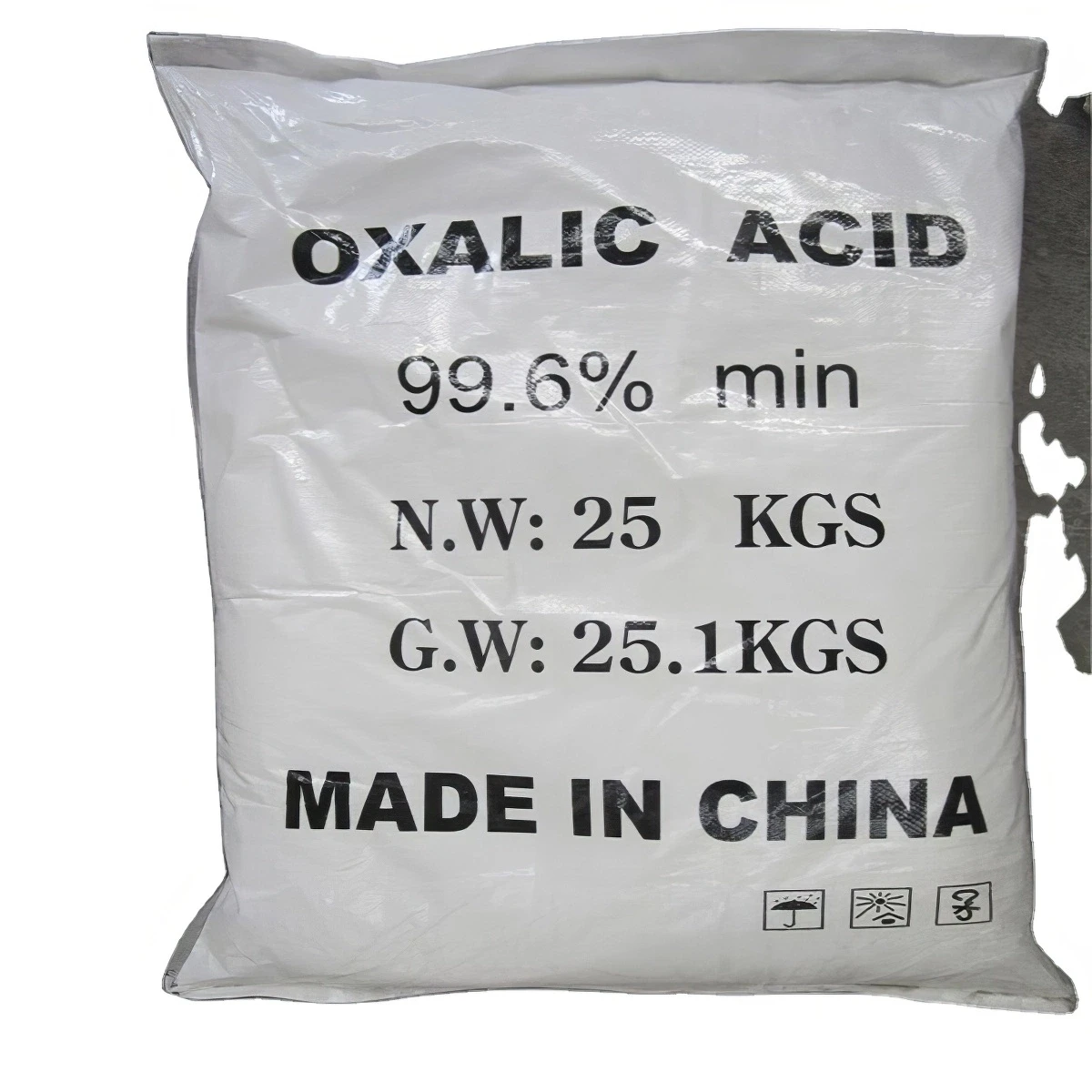



Exploring the Properties and Applications of Barium II Carbonate in Various Industries
Barium II Carbonate An Overview
Barium II carbonate, or barium carbonate (BaCO₃), is an inorganic compound that plays a significant role in various industrial processes and applications. As a white, odorless powder, it is commonly used in ceramics, glassmaking, and as a precursor for other barium compounds. Understanding the properties, synthesis, applications, and safety considerations of barium II carbonate helps to appreciate its importance in both industrial and research settings.
Chemical Properties
Barium carbonate is characterized by its high purity and stability. It has a molar mass of approximately 197.34 g/mol and its solubility in water is quite low, making it suitable for environments where reactivity with water must be avoided. The compound occurs naturally as the mineral witherite, but it is primarily produced synthetically due to its broader application potential.
Barium carbonate can be decomposed through thermal treatment. When heated above 800 °C, it decomposes to barium oxide (BaO) and carbon dioxide (CO₂). This decomposition process is significant in various chemical syntheses, as barium oxide can in turn be used in producing various barium salts and other compounds.
Synthesis
The production of barium carbonate typically involves two predominant methods the carbonate process and the precipitation method.
1. Carbonate Process This method involves reacting barium oxide or barium hydroxide with carbon dioxide. In this process, the gas is bubbled through a solution of barium hydroxide, leading to precipitation of barium carbonate.
2. Precipitation Method In this method, a soluble barium salt, such as barium chloride, can be reacted with a carbonate source like sodium carbonate or ammonium carbonate to yield barium carbonate as a precipitate. The corresponding equation for this reaction can be represented as \[ \text{BaCl}_2 + \text{Na}_2\text{CO}_3 \rightarrow \text{BaCO}_3 \downarrow + 2\text{NaCl} \]
This method allows for high-purity barium carbonate to be produced, which is essential for applications requiring stringent quality controls.
Applications
barium ii carbonate

Barium carbonate has several notable applications across a broad spectrum of industries
1. Ceramics and Glass Barium carbonate is extensively used in the ceramic industry as a flux. It helps in lowering the melting point of materials, allowing for improved workability and durability of ceramic products. It is also used to enhance the brightness and opacity of glass.
2. Electronics In the electronics industry, barium carbonate is utilized in producing various electronic components, including cathode ray tubes and ceramics for capacitors.
3. Chemical Synthesis Barium carbonate is a key precursor for many barium compounds, including barium sulfate, used in medical imaging as a radiopaque agent, and barium nitrate, used in pyrotechnics.
4. Environmental Applications Due to its ability to react with sulfates, barium carbonate can be used in the treatment of sulfur-containing waste, thereby reducing environmental impact.
5. Agriculture In agriculture, barium carbonate is employed as a rodenticide due to its toxicity to certain pests.
Safety Considerations
While barium carbonate is not highly toxic relative to other barium compounds, it is essential to handle it with care. Ingestion or prolonged exposure can lead to harmful effects, particularly for those with compromised renal function. Safety measures such as using personal protective equipment (PPE), including gloves and masks, are recommended when handling this compound.
In addition to personal safety concerns, it is crucial to adhere to environmental regulations regarding the disposal and release of barium compounds. The compound must not be released into waterways, as it can pose a significant threat to aquatic life.
Conclusion
Barium II carbonate stands out as a versatile and valuable compound in various industrial sectors, from ceramics to electronics. Its unique properties and the ability to be synthesized through different methods make it an integral part of numerous applications. However, appropriate handling and safety protocols are essential to mitigate any risks involved in its use. As industries continue to evolve, the demand for high-purity barium carbonate is likely to increase, securing its place in the future of material sciences.
-
Why Sodium Persulfate Is Everywhere NowNewsJul.07,2025
-
Why Polyacrylamide Is in High DemandNewsJul.07,2025
-
Understanding Paint Chemicals and Their ApplicationsNewsJul.07,2025
-
Smart Use Of Mining ChemicalsNewsJul.07,2025
-
Practical Uses of Potassium MonopersulfateNewsJul.07,2025
-
Agrochemicals In Real FarmingNewsJul.07,2025
-
Sodium Chlorite Hot UsesNewsJul.01,2025










